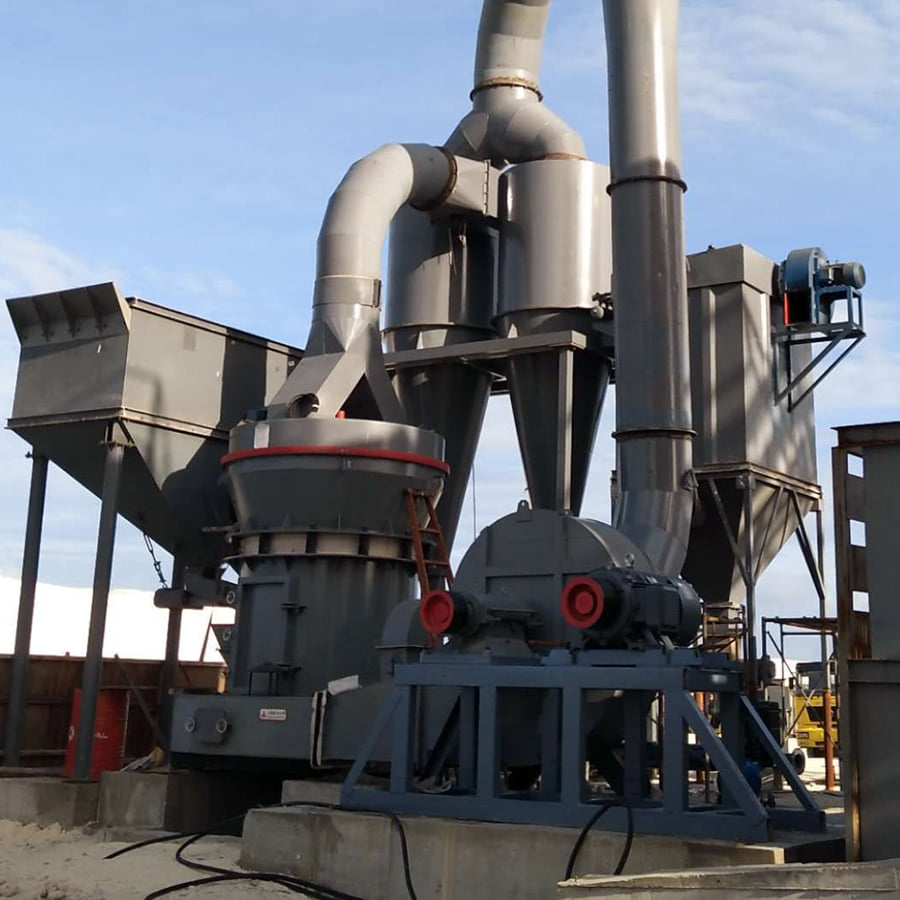What Is The Difference Between Raymond Mills That Grind Ore And Grind Grain?
As a professional ore mill manufacturer, we often receive inquiries from Raymond mills for grain processing. When we replied that we couldn't do it, the customer was very confused. It is also called Raymond Mill, why can't it be used?

Although they are both called Raymond mills, the Raymond mills that grind ore and grind grain are indeed very different. The following CLIRIK editor will explain the difference in detail.
What is the difference between a Raymond mill that grinds grain and a Raymond mill that grinds ore?
Raymond mills used for grinding grain and ore are similar in some ways but also have significant differences in their design and operation.
1. The main purpose of a Raymond mill for grinding grain is to crush and grind the grain into flour, while the primary purpose of a Raymond mill for grinding ore is to reduce the size of the ore particles for further processing, such as extracting valuable minerals.
2. The materials used in the construction of the mills can differ. A Raymond mill used for grinding grain may be made of wood, stone or other natural materials, while a Raymond mill for grinding ore is typically made of metal or other durable materials that can withstand the abrasive nature of the grinding process.
3. The size and capacity of the mills can also vary depending on their intended use. A Raymond mill for grinding grain may be smaller and have a lower capacity than a Raymond mill for grinding ore, which needs to process a larger volume of material in order to extract valuable minerals.
4. The grinding process itself can also differ. A Raymond mill for grinding grain typically uses a set of rotating blades or grinding stones to crush and grind the grain, while a Raymond mill for grinding ore may use a variety of different grinding media, such as steel balls or rods, to crush and grind the ore.
5. Another key difference between a Raymond mill for grinding grain and a Raymond mill for grinding ore is the type of motor and other components used in their construction.
For example, a Raymond mill for grinding grain may have a simple motor and transmission system that is manually operated, while a Raymond mill for grinding ore may have a more sophisticated motor and transmission system that is computer-controlled.
6. The grinding media used in each type of mill can differ significantly. In a Raymond mill used for grinding grain, the grinding stones or blades may be made of materials like granite, sandstone, or even volcanic rock. In contrast, a Raymond mill used for grinding ore may use grinding media such as steel balls or rods, which are much harder and more durable, to break down the ore particles.
7. The end products produced by each type of Raymond mill will also differ. A Raymond mill for grinding grain will produce flour or other grain-based products, while a Raymond mill for grinding ore will produce a finer, more refined ore product that can be used in a variety of industrial applications.
Overall, while there may be some similarities between Raymond mills used for grinding grain and ore, there are also significant differences in their design, materials, capacity, grinding processes, and end products.
